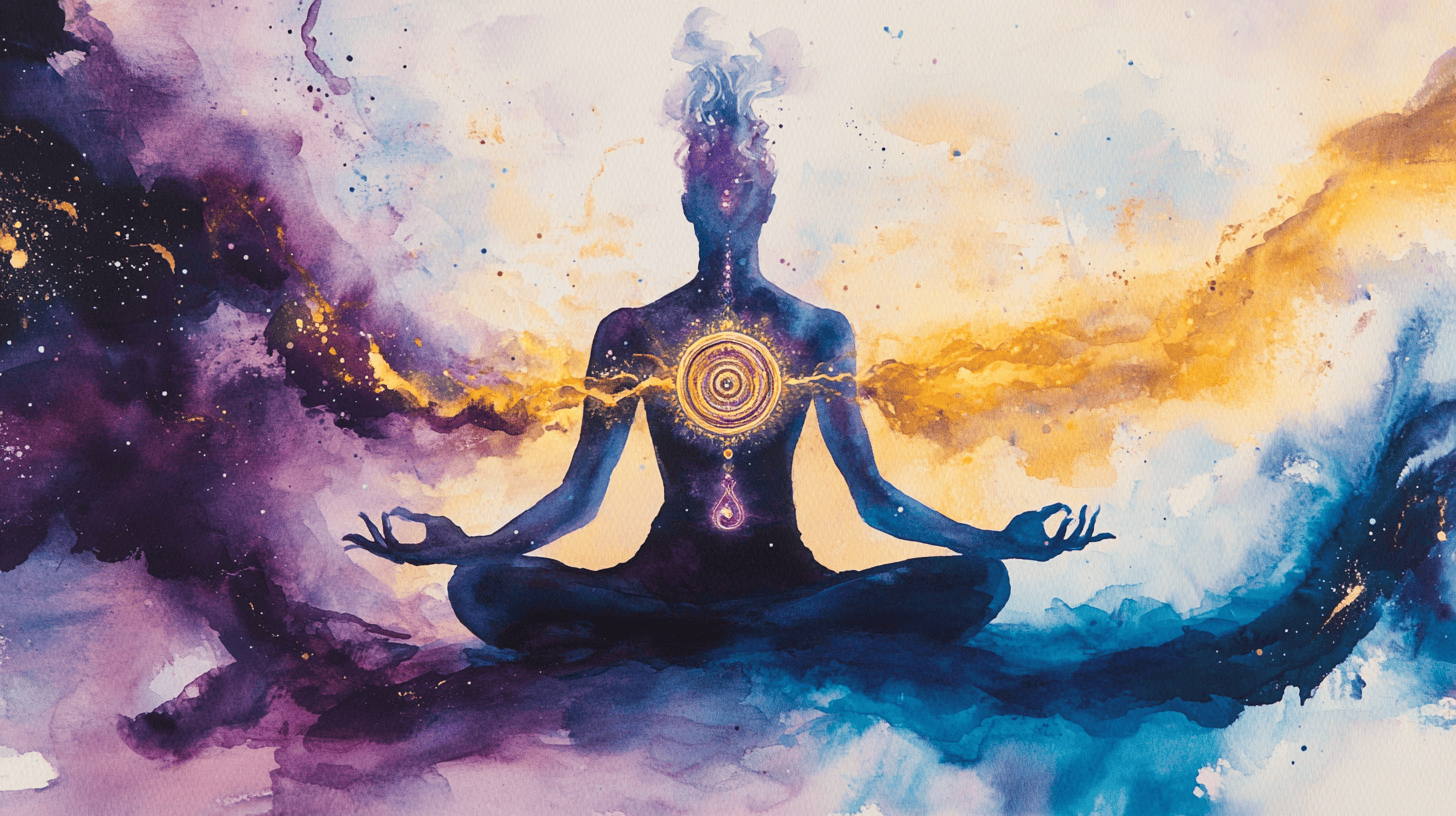Imagine standing at the crossroads of intellect and experience, philosophy and science, duality and unity. Here lies Tantra, not as a doctrine to be memorised, but as a world to be experienced. Welcome to Tantra – a method, a path, a journey that transforms your being. Unlike philosophy, which seeks to answer the “Why” of existence, Tantra is deeply rooted in the “How.” It is not a quest for abstract truths, but a practical exploration of life’s mysteries.
The Meaning of Tantra
The word “Tantra” itself means technique, method, or path. It is concerned with practical tools and methods for self-transformation. Where philosophy may engage the mind with theories, Tantra invites the entire being into the process of discovery. It doesn’t ask, “Why does existence exist?” Instead, it asks, “How can one experience the depths of existence?
Philosophy asks ‘Why,’ but Tantra shows ‘How.’ It’s a science of transformation, not speculation.
This distinction is crucial: Tantra is a science of the inner world. Science and philosophy differ fundamentally in their approach. Philosophy debates; science experiments. Similarly, Tantra is not for intellectual curiosity. It is for those willing to transform their lives and embrace a state of total receptivity.
Beyond the Intellect
Understanding philosophy requires only the mind; it does not demand change. You can grasp concepts, discuss theories, and remain the same person. But Tantra? It demands a shift, a mutation of your very being. To enter its world, you must become vulnerable, open, and willing to embrace the unknown. Tantra calls for your totality—your body, mind, heart, and soul. It’s not about knowing; it’s about becoming.
A Dialogue of Love
All the sacred texts of Tantra are framed as dialogues between Shiva and Devi, the divine lovers. This structure is no accident. The deeper truths of Tantra can only be shared in the space of love, where there is no conflict, no argument, only communion. Unlike a teacher-student relationship, which may be formal or hierarchical, Tantra’s wisdom flows between two lovers, where trust and openness are complete.
Devi’s questions may seem philosophical at first glance: “What is your reality, my Lord?” But Shiva does not respond with explanations. Instead, he offers techniques. He knows that true understanding cannot come from words alone; it must be lived. This is the essence of Tantra: doing is knowing.
In Tantra, love is the bridge where wisdom flows, not as words, but as transformation.
The Language of Love
Tantra communicates in the language of love, not logic. Logical language is aggressive, seeking to dominate the other’s mind. Love language, however, is gentle and transformative. It doesn’t argue; it embraces. It doesn’t seek to prove; it seeks to nurture. When Shiva speaks to Devi, it’s not about convincing her but guiding her toward her own transformation.
In love, the barriers of the mind dissolve. Time disappears, and the present moment becomes everything. Tantra invites this same openness and receptivity, likening the disciple to a womb—ready to receive, nurture, and grow the seed of wisdom. In this state, knowledge is not just absorbed; it becomes part of the disciple’s being, transforming them entirely.
Love and Unity
At its heart, Tantra seeks to transcend duality. In our experience, love is the closest we come to this unity. When two people deeply love each other, their separateness begins to dissolve. For a moment, they experience oneness. Tantra sees this oneness as a glimpse of the divine. It is a state beyond the body, beyond the mind, beyond duality.
But Tantra does not stop at fleeting moments of unity. It aims to take you to the peak of love, where oneness becomes your permanent state. Here, you don’t just experience love—you become love. This is the ultimate goal: a state of being where duality no longer exists, and you dwell in the eternal now.
In love, the self fades, and the oneness of existence is revealed.
The Techniques of Tantra
How does one reach this peak? Tantra offers 112 techniques, covering all possible paths to self-realization. These techniques are timeless and universal, capable of guiding anyone, regardless of their background, to ultimate freedom. Whether you are new to spiritual practices or a seasoned seeker, Tantra holds a key for you. Among these 112 methods, there is at least one—if not many—that will resonate with your being and unlock the doors to your transformation.
Tantra’s 112 techniques are not just methods; they are doorways to infinite possibilities.
Moving Beyond Duality
Most spiritual paths emphasise moving from unconsciousness to consciousness. But Tantra takes it a step further. It teaches that both unconsciousness and consciousness are dualities to be transcended. True liberation lies beyond both. This state, beyond the body, soul, world, and even the concept of liberation itself, is the essence of Tantra.
Love serves as the gateway to this state. In love, duality dissolves, and the illusion of separateness fades. Tantra uses love as a tool to help us move beyond all boundaries, into the infinite.
Step Into Transformation
Tantra is not a path for the faint-hearted. It is not a philosophy to ponder but a life to be lived. It demands courage, vulnerability, and a willingness to let go of the old and embrace the new. But for those who dare to step into its world, Tantra offers a journey like no other—a journey beyond the mind, beyond duality, beyond existence itself.

